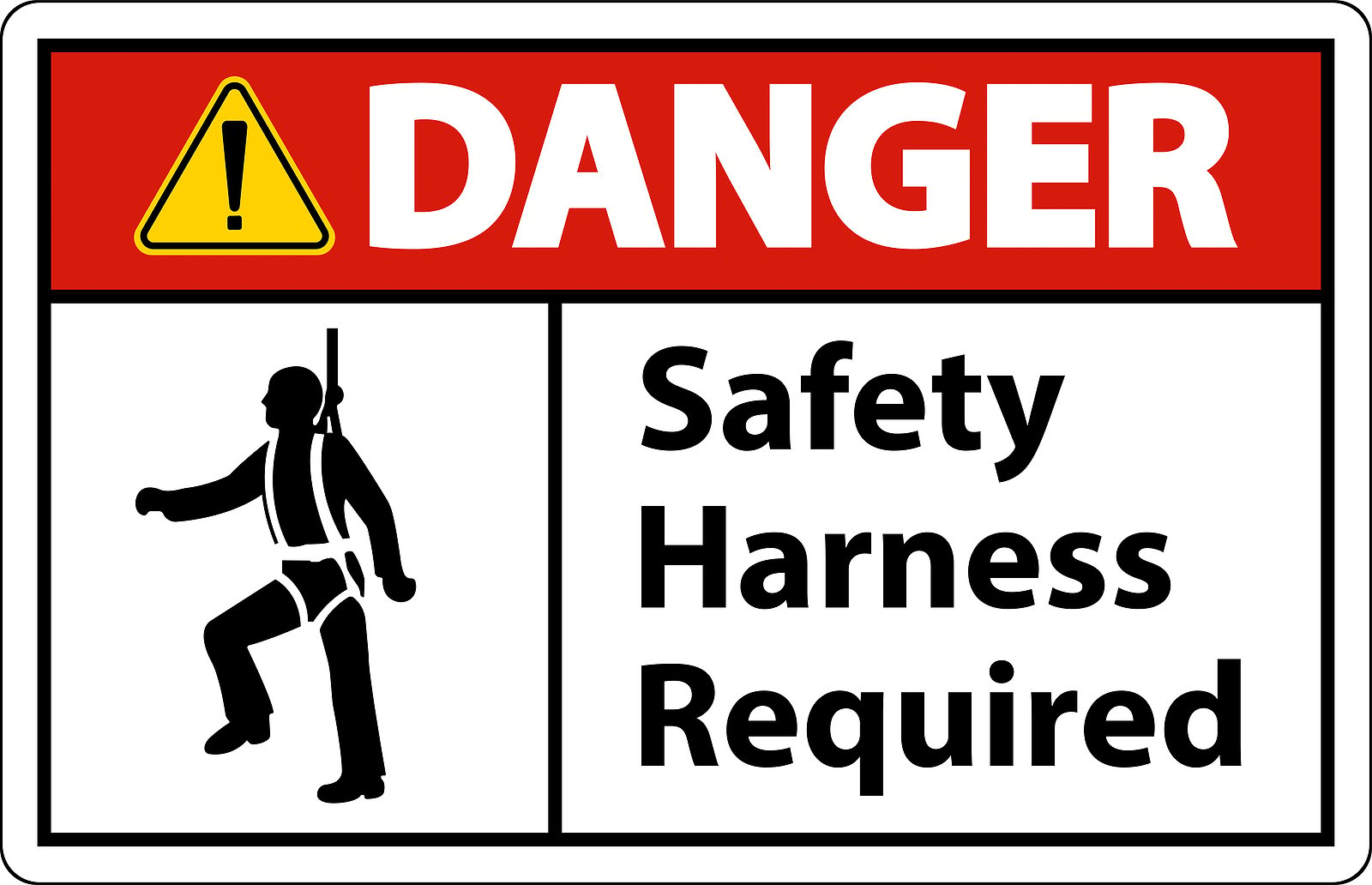
We look at the latest safety inspection advice in National Access & Scaffolding Confederation’s (NASC) recently revised core scaffolding safety guidance – SG4:22: Preventing Falls in Scaffolding Operations. The NASC is the UK’s ‘go-to’ scaffolding and access industry trade body for best practice guidance is to make the scaffolding industry safer. As well as talking about pre-use inspections and maintenance, updated information in SG4:22 also covers:
- The removal of obsolete technology.
- The inclusion of case studies highlighting accident and enforcement learning.
- The embracing of new technology (e.g., drones and 3D modelling).
- Updates to reflect changes brought in with TG20:21 (such a TG20 loading bays).
- The inclusion of modular system scaffolding as well as traditional tube and fitting.
- Additional safety guidance on working on beams.
- Hazards, risks and control measures required when working on fragile roofs.
- Improved Safe System of Work (SSOW) for temporary roofs and the prevention of falls.
Fall protection equipment and harnesses made from rope or webbing materials is vulnerable to damage and wear and tear. As such, scaffolders need to make sufficient arrangements for storage and inspection to ensure it’s fit for use. Section 5.14 specifically looks at the HSE requirements for three levels of inspection:
1. Pre-Use Checks
A pre-use check or inspection should be carried out by the user for harnesses and lanyards at the beginning of every shift. The user should be checking that there are no discernible defects in the equipment. As well as being a visual check, a pre-use inspection is also tactile as the whole lanyard or harness should be slowly pushed through the hands to detect fibre softening or hardening or contaminants. A pre-use check should be done in good light and should only take a few minutes.
Any concerns raised during the pre-check should be raised and a suitably competent person must then carry out a detailed inspection.
2. Detailed Inspections
These are a more rigorous check then the pre-use inspection and should be carried out by a competent person who has received appropriate training. For frequently used equipment used in demanding conditions such as scaffolding, the NASC recommend a formally recorded detailed inspection is undertaken at least every 3 months.
If a detailed inspection can’t conclude the equipment is safe to use it should be immediately removed from use and destroyed.

3. Interim Inspections
In addition to pre-use checks and detailed inspections there may also be a requirement for interim inspections. Their frequency should be decided based on a risk assessment but typical examples include:
- Scaffolding projects where the equipment has been exposed to paints, chemicals or grit blasting
- Very hot environments, materials or surfaces
- Acidic or alkaline environments which can damage harness fabrics.
Inspection Record Keeping
All detailed inspections should be recorded for each piece of equipment. These records must be kept until the equipment is destroyed. Where equipment is removed from use and destroyed, this should be recorded in the inspection register.
NOTE: Never re-use any harness or lanyard which has been used to arrest a fall, make sure it is removed and destroyed.
Although there is no requirement for users to document a pre-use harness inspection, many firms adopt a simple checklist system so that they have some sort of auditing process that the shift checks are happening and any issues reported.